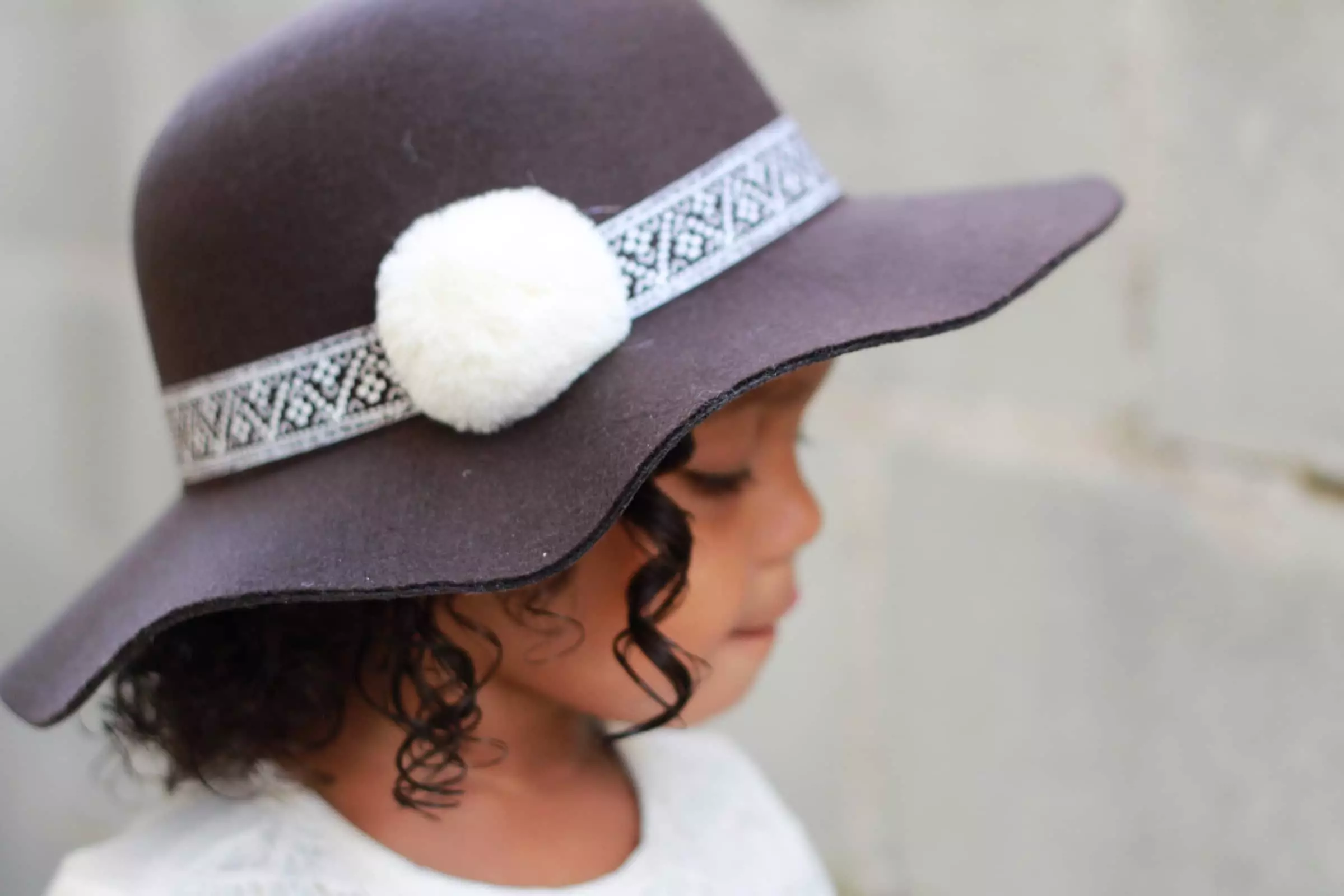Fear is an intrinsic part of the human experience, and for children, these fears can range from the fantastical—like monsters lurking under the bed—to more concrete worries concerning natural disasters. These fears can arise suddenly or may be rooted in daily life experiences, as children’s expanding awareness of their surroundings and ability to anticipate consequences deepen their emotional responses. The journey of childhood is often marked by a profound struggle against fears that intertwine with the process of personal growth. Recognizing and addressing these fears is essential not just for emotional health but also for the developmental trajectory of the child as a unique individual.
As children navigate through various stages of development, their fears often evolve. The anxieties they experience serve as indicators of not just their emotional state but also their cognitive growth. Separation from caregivers, in particular, is a significant source of fear that reverberates throughout early childhood. This profound feeling of separation reinforces their growing independence while simultaneously stirring feelings of vulnerability and anxiety.
At various developmental stages, children exhibit a range of fears that reflect their growing cognitive abilities. For infants aged 0 to 6 months, the unexpectedness of loud noises can spark alarm; their understanding of object permanence is still forming, causing them distress when separated from their primary caregivers. As they reach 7 to 12 months, there is a noticeable shift as children begin to grasp that the world is consistent and that adults can return after leaving, but they also develop a wary attitude towards unfamiliar faces.
Around the age of 1, separation anxiety becomes most prominent, where the fear of being away from caretakers can lead to distress. This apprehension about parting continues into the preschool years, where fears of the dark and large objects become commonplace. By the ages of 3 to 4, a child’s imaginative capabilities grow, and this can lead to vivid dreams populated by monsters, reinforcing their fears around darkness and unfamiliar surroundings.
As children transition into the ages of 5 to 6, their fears often evolve towards concerns about physical safety, culminating in worries about external threats like “bad people” or supernatural entities such as ghosts. This stage is marked by an intricate dance between independence and fear of the unknown.
When children approach the ages of 7 to 12—often referred to as the “tween” years—they become increasingly conscious of social dynamics and peer relations. At this point, fears may crystallize around issues of self-esteem, evaluation in school settings, and the looming specter of adulthood, which can evoke anxiety about changes on the horizon. This critical developmental phase can intensify fears, as the comparisons with peers may spark self-doubt and worry about fulfilling expectations.
The Role of Adults in Mitigating Fear
For caretakers and parents, understanding the complexity of children’s fears is crucial in helping them navigate these emotional landscapes. Providing a safe, supportive space where children feel free to express their worries is foundational. Adult guidance can help children articulate their feelings and foster resilience against their fears. This involves listening actively, validating their concerns, and adopting a non-judgmental approach.
Engagement in play serves as an effective method for children to explore their fears in a safe environment. Through play—whether it be games that involve imaginative challenges or simply engaging in storytelling—children can confront and navigate their fears creatively. Activities like “hide and seek” or story-telling that incorporates thrilling scenarios can allow them to process their fears without feeling overwhelmed.
Additionally, as children mature, it is important to encourage them to confront their fears gradually. For younger children, incremental exposure accompanied by a trusted adult can be effective. As they grow older, having the vocabulary to discuss their fears becomes tremendously beneficial. By putting words to their feelings—whether it’s articulating the fear of failing a test or the anxieties surrounding their appearance—they learn to navigate their feelings of fear with clarity and courage.
Courage is a vital quality that develops over time and often comes hand-in-hand with vulnerability. Children, especially those around the ages of 5 to 7, may struggle with processing complex emotions due to developmental stages in their brains. As they grow, they can learn to experience multiple emotions simultaneously, which aids in building resilience.
Encouraging children to express their fears through talking or even crying can provide a healthy outlet for their emotions. The act of shedding tears can be cathartic, enabling them to release anxieties and emerge with a sense of comfort. For many, understanding that fear is a shared human experience can help lessen its power over them.
Fears are not merely obstacles in a child’s life but stepping stones toward emotional and intellectual growth. With supportive guidance from trusted adults, children can learn to navigate their fears effectively, ultimately fostering resilience and independence. Through connection, understanding, and open communication, we can help address their worries and help them transform fear into opportunities for exploration and growth.

